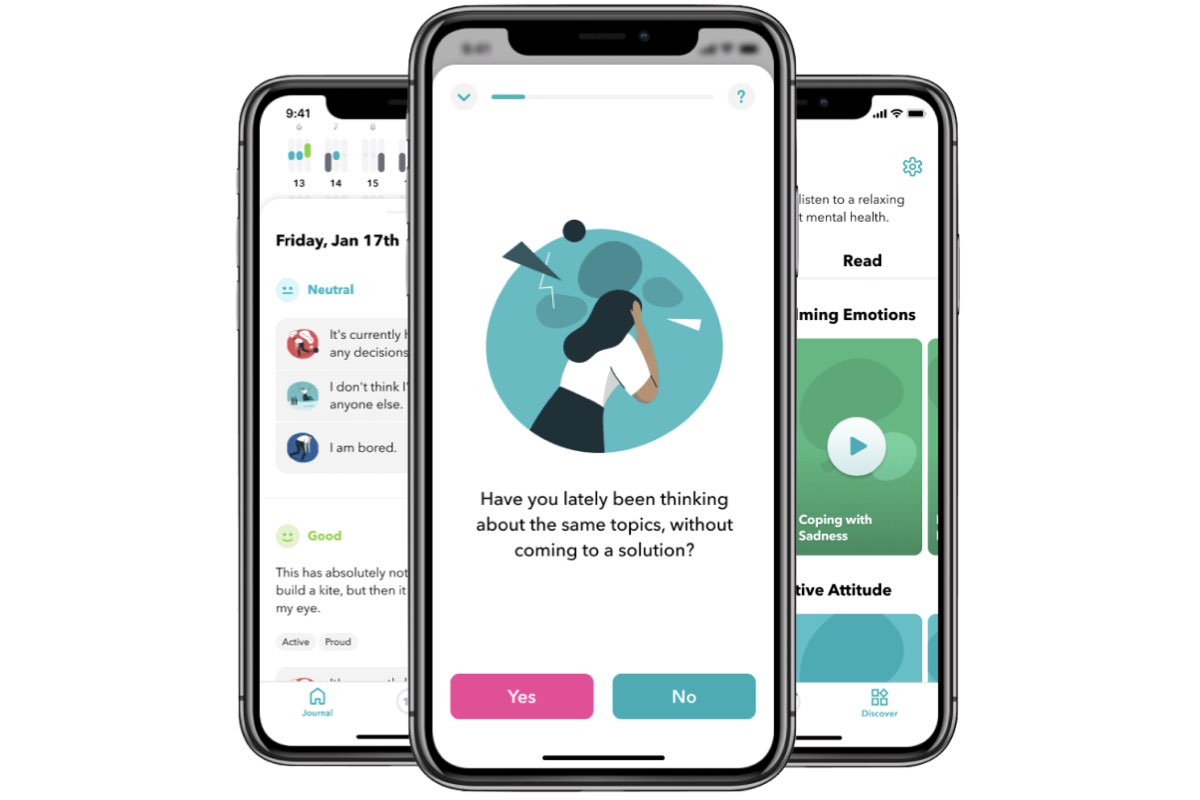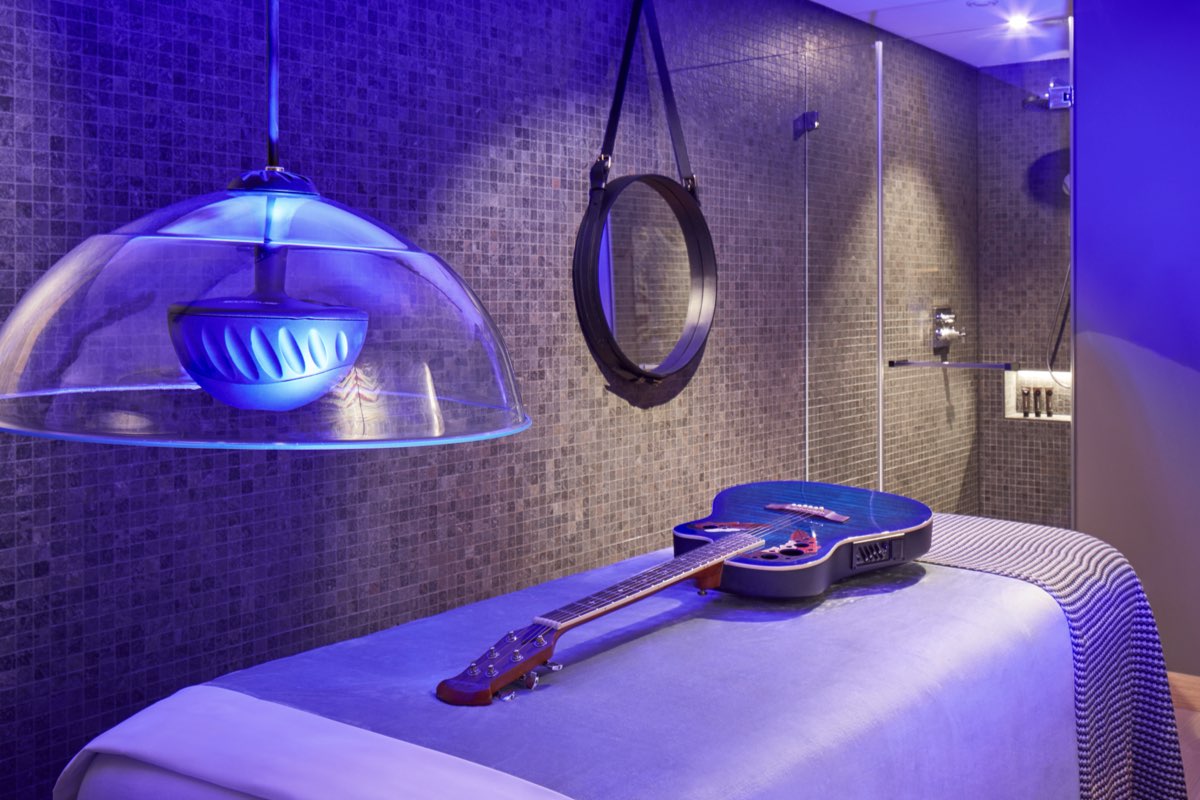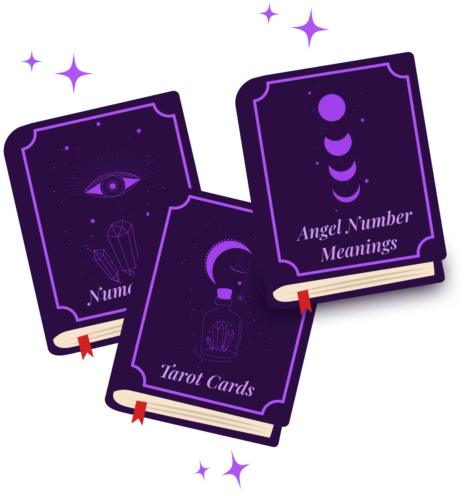It wasn’t too long ago that wellness was a refreshing new concept, reserved for the fitness industry or spa resorts. Now, it’s an all-encompassing, hard-to-pin-down trend that shapes all aspects of our lives and industries from fashion to food to real estate and beyond. The result? A wellness economy worth $4.5 trillion, a staggering amount that feeds of the newest trends while providing solutions to improve our overall health. Based on The Global Wellness Summit (GWS), these are the top trends shaping the global wellness industry…
Focus shifts from sleep to true circadian health

With around one in three people sleeping badly, we’ve seen countless solutions to help us get a good night sleep. But essentially it’s the timing of sleep (known as the circadian time) that is vital to getting high-quality, restorative sleep. As stated in the GWS: “The bedrock of circadian science is that exposure to regular light-dark cycles provides the daily “time cues” needed to reset our circadian clocks every single day, and not only determines how well we sleep but our very cellular health. We need the sun’s bright blue light in the day to be alert and active, and we need dark to kick-start our brain’s sleep mode and recovery”.
This means a shift from generic sleep solutions (think CBD, sleep tonics, smart mattresses) to tools that utilise timing and light, such as adjustable lamps that can be controlled throughout the day, apps with personalised light-dark doses to help with jetlag and nightshifts, and a further increase in the intermittent fasting diet (eating when it’s light; stopping when it’s dark is the exact practice of circadian eating).
J-Wellness

With the Japanese known to have the longest life expectancies, we’ll be seeing more practices and traditions from Japan travel to the UK (dubbed as J-Wellness). For example, skincare is expected to reach new heights with technology-driven make-up products such as night-time masks delivered by a diffuser, as well as apps using photos and sleep data to dispense optimal serums and moisturisers for your skin. Skin-care company Shiseido is the one to watch in 2020 – they are already making waves with skin-quality analysis technology.
While Japan’s nature retreats will be put on the map more than ever, the rest of the world promises to take note of Japanese traditions used in the country’s forests and hot springs. The focus is on connecting all five senses to nature, with help from deep-soaking bathing, tea ceremonies and the rise of spiritual cuisine Shojin Ryori, or as we know it, mindful eating, which in Japan is centred around soybean-based foods and seasonal vegetables.
Mental Wellness and Technology

Mental health care will move from the therapists couch to the comfort of your own home, with more online platforms providing support in the form of chatbots, apps and digital support groups. This will hopefully fight mental health stigma and encourage those to seek help, no matter how busy. Already-popular apps such as Headspace and Calm will see some strong competition, but it’s not just meditation: apps focusing on cognitive behavioural therapy and even advanced technology that measures how we interact with our phones – it’s all in the works and aiming to combat modern-day issues such as burnout and anxiety.
Energy Medicine

For the first time ever, the medical world and ancient wellness (practices such as acupuncture that heal the human energy body) are on the same page. “A real paradigm shift is underway, with more scientific researchers (whether from Harvard or NASA) rapidly discovering that the body is indeed a complex biofield of electromagnetic frequencies and light waves that serve as control central for our physical and mental functioning”, according to the GWS. This science-backed insight will see a flurry of new trends, from frequency therapies using sound, light and electromagnetic interventions to heightened anxiety regarding our networked world (5G is fast but not very friendly for the body’s flow of energy).
Wellness retreats will step up their game with the latest interventions too, including electric brain stimulation, pulse massages, red and infrared light treatments and even built-in design features that switch off Wifi signals at night. Places like LA and New York are already packing it all into one luxury resort, guaranteed to give you a dose of feel-good vibes with a celebrity, member-only price tag to match.
The Wellness Sabbatical

Let’s face it, as much as a 30-day digital detox in Asia sounds like the life-changing experience we need to connect with ourselves, it’s clearly not very doable with employees demanding answers and worried mums calling to check if you haven’t fallen off a cliff. Enter the Wellness sabbatical: a retreat that strikes the right balance between the pursuit of wellness and the need to work. The travel world is tapping into the trend already, with destinations such as Tel Aviv launching programs where co-living meets co-working – think of it as your WeWork space in the sun. Wellness retreats will continue to offer complete schedules with exercise, healthy food and meditation in abundance, but now with special workspaces and of course, a fast internet connection to tackle your to-do list when needed.
The Fertility Boom

With celebrities such as Chrissy Teigen and Kim Kardashian speaking up about fertility struggles, more woman (and men!) are looking into ways to take control of their reproductive health. Period trackers are one of the most popular health categories in the app stores, sperm freezing is no longer taboo and companies are rethinking their products: Fitbit recently introduced fertility tracking on its newest device. It also means a wave of experience-driven products hitting the market, including subscription boxes with fertility products and other essentials necessary to increase chances of conceiving, delivered to your door each month.
Wellness music

Using music to match our activities isn’t particularly new: we all have our favourite songs to get us fired up for a workout or help us unwind, but there is actually scientific proof for your pre-and-post workout playlist. Studies show that no other stimulus positively activates so many regions of the human brain from the amygdala (responsible for regulating emotions) to the hippocampus (important for memory formation), with the unique potential to boost our mood and memory. According to the GWS report, in a recent survey by Sonos, 40 percent of people report that music makes them cry unexpectedly.
So if you’re already using music as therapy, you’ll be happy to know wellness music is officially a thing: platforms such as Spotify and Calm are all open to provide space for tunes that have a positive impact on our overall wellbeing, but there’s also some exciting new technology being developed. Think apps producing custom-made tunes to complement your own unique biological makeup and ever-changing surroundings.
Get your weekly DOSE fix here: SIGN UP FOR OUR NEWSLETTER
Main image: Hard Rock Hotel
















